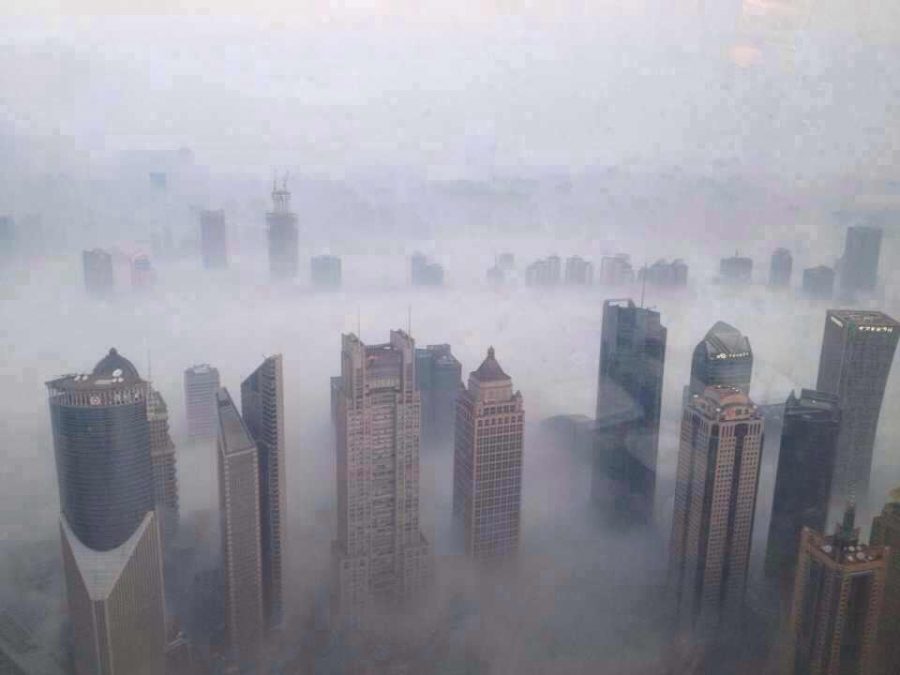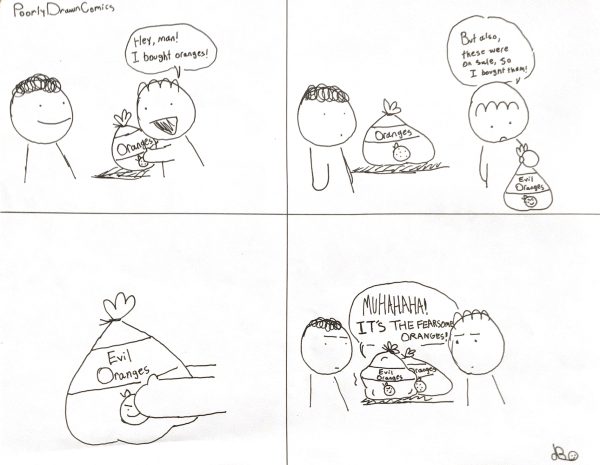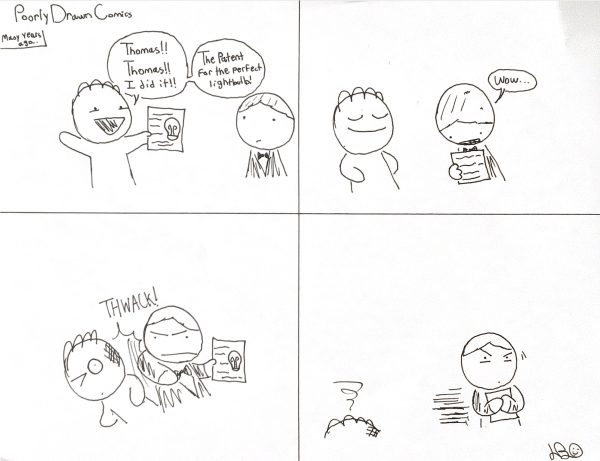The Great Smog of 1952 A disaster that could have been avoided
Photo labeled for non-commercial reuse via https://www.flickr.com/photos/28237570@N08/11233700294 Under the Creative Commons Licence
May 28, 2019
In the summer of 1952 in Great Britain’s capital, London, a large cloud covered the city. At first, people assumed it was fog, which usually covers the city. But as it turns out it was far from that; the next five days were hell for the residents of London, killing thousands and injuring even more. It caused chaos, considering nobody could clearly see anybody or anything, which made illegal activities easier to masquerade . People were terrified during this time and many locked their doors and stayed inside for the duration of the “great smog” which was five days in total.
So you’re probably wondering how something like this could happened on this large of a scale. According to Wikipedia and History.com Leading up to the great smog, London’s temperature dropped, which caused residents to burn more coal than usual. The coal they normally used low grade, cheap coal, which worked. But as the temperature dropped people in the city started importing high grade coal, which worked better and burned better. An effect of this was an increase in the amount of sulfur dioxide in the smoke. There were also loads of coal fired power station in and around London, which added to the already heavy pollution. It wasn’t was just the coal that caused the heavy pollution in London it was all the cars and diesel truck exhaust, which put smoke into the air. Steam trains added to the pollution, and in the the years prior London had switched from electric trams to stream trains which showed to be catastrophic.
The effect of the Great Smog was almost like a doomsday situation in London. London was used to seeing heavy fogs, but nothing like this. People could only see a few feet so it was like people walking around were blind. So you couldn’t drive and the only transportation was the London underground. There were no public services so people had to try to get themselves to a hospital, which was very difficult and mostly impossible to get helped. Although some people were lucky enough to get smog masks, the masks really did nothing to protect the residents of London.
The aftermath of the great smog was terrible. 12,000 people died, mostly young and older people with previously existing respiratory problems. Most of the deaths were due to respiratory tract infections caused by the smog getting in people’s lungs. Not just the people of London suffered, the environment of London and surrounding areas suffered greatly from the smog almost all coal fires in London were taken out of homes and got new gas fires, which did not cause nearly as much pollution as the coal fires. After the great smog of 1952 another event did happen around ten years later in 1962, but it wasn’t as bad as the 1952 event. And after this event coal fires were totally banned from London and more precautionary measures were taken so this would never happen again.
Nobody really talks about the great smog of 1952, and I didn’t know that this ever happened or what smog was. But now I know that it is a very terrible thing that could cause a catastrophic event in a city and kill loads of innocent people all because of air pollution which can be avoided. I hope nothing like this ever happens again on this level or any level. The Great Smog of 1952 will go down as the disaster that could have been avoided.





